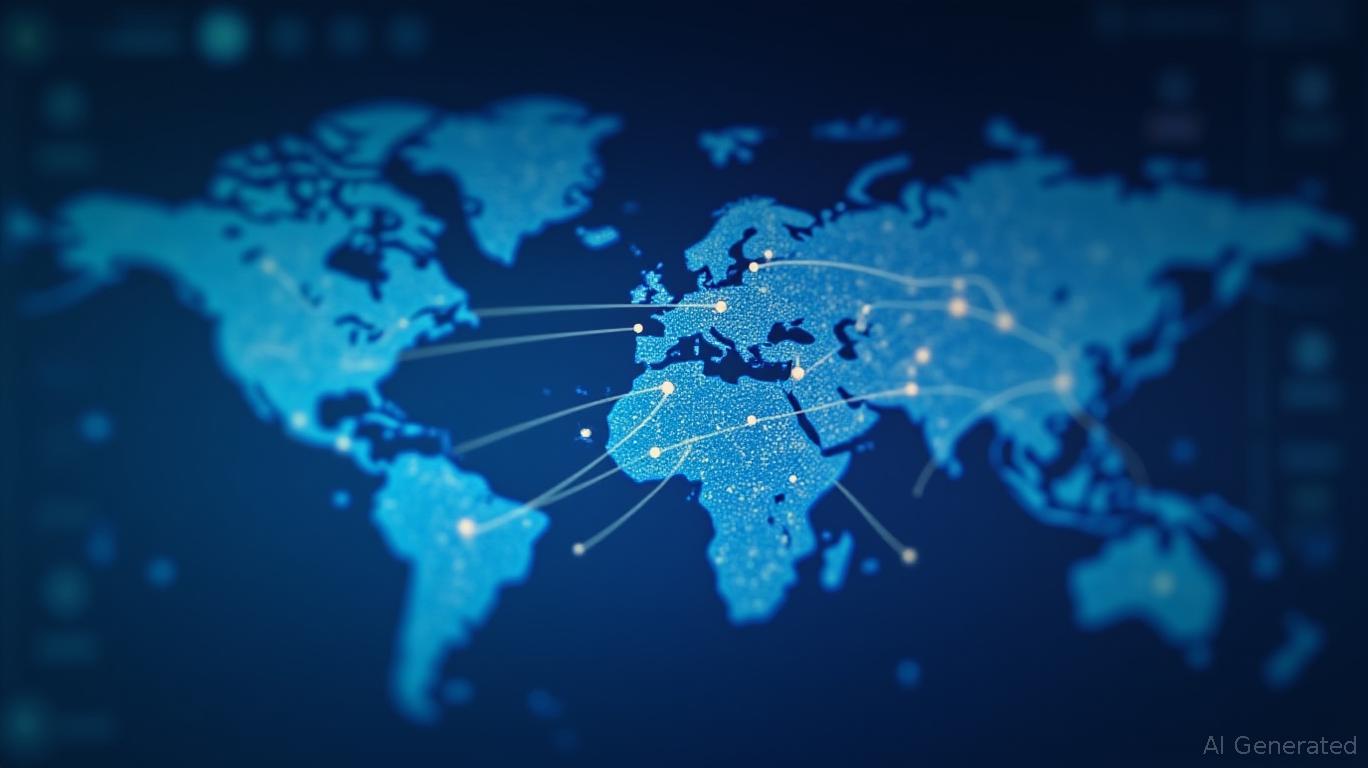Unlocking Trapped Capital: SAP Taulia and PayMate's Game-Changer for Global Supply Chains
Albert FoxSaturday, Jun 28, 2025 6:05 am ET
![]() 58min read
58min read
The global economy is in a constant state of flux, with businesses grappling to balance liquidity needs, operational efficiency, and cross-border complexity. Now, a strategic partnership between SAP Taulia and PayMate promises to reshape how enterprises manage these challenges, particularly in Asia-Pacific (APAC) and Europe, Middle East, and Africa (EMEA). By integrating PayMate's payment infrastructure into SAP Taulia's AI-driven supply chain finance platform, the collaboration unlocks trapped working capital, reduces operational friction, and positions SAP as a leader in fintech-driven global trade resilience.
The alliance, announced on June 19, 2025, combines SAP Taulia's expertise in supply chain finance with PayMate's prowess in cross-border payments. Together, they offer a seamless solution for businesses to process payments—both domestic and international—via virtual commercial credit cards or bank transfers. This integration eliminates manual reconciliation, streamlining cash flow visibility and reducing operational costs. For suppliers, the benefit is immediate: faster access to funds, reduced dependency on manual processes, and enhanced liquidity management.

The partnership's geographic reach is equally compelling. By targeting high-growth markets like Malaysia, India, UAE, and South Africa, SAP Taulia taps into regions where cash flow bottlenecks are acute. PayMate's local infrastructure—via subsidiaries like DuNoMo in Australia and New Zealand—ensures compliance with regional regulations, further reducing friction for multinational corporations.
At the core of SAP Taulia's platform is its AI-driven analytics, which identifies liquidity gaps in supply chains and optimizes working capital. The PayMate integration amplifies this capability by enabling businesses to leverage existing credit lines for cross-border transactions, a move that reduces reliance on expensive loans or delayed payments. For instance, a manufacturer in Singapore can now pay a supplier in Germany using virtual cards tied to its corporate credit, with funds settling directly into the supplier's bank account—automatically and securely.
The data underscores the potential: SAP Taulia processes over $800 billion in annual transactions, while PayMate's 2023-24 volume of $10.5 billion highlights its scale. Combined, the partnership could catalyze a paradigm shift in how global enterprises manage payments.
For portfolios focused on fintech-driven growth and global trade resilience, SAP's move is a strategic win. The partnership addresses two critical pain points:
1. : By digitizing payment workflows, SAP Taulia reduces the “trapped capital” in supply chains, a problem exacerbated by geopolitical risks and currency fluctuations.
2. : Automation lowers costs and error rates, freeing up capital for reinvestment.
Moreover, the integration aligns with broader macro trends: the digitization of trade finance, the rise of AI in decision-making, and the demand for resilient supply chains. As cross-border trade volumes rebound post-pandemic, SAP's expanded reach in APAC and EMEA—regions accounting for 60% of global GDP growth—positions it to capture outsized gains.
Investors should view this partnership as a catalyst for SAP's growth in enterprise fintech. While SAP's core software business remains stable, its foray into supply chain finance and embedded payments opens new revenue streams. The integration with PayMate's network also strengthens SAP's moat against competitors like TradeIX or Tungsten Network, which lack comparable scale or geographic depth.
However, risks remain. Regulatory scrutiny of cross-border data flows and payment systems, particularly in markets like India and the UAE, could introduce hurdles. Additionally, adoption rates depend on enterprises' willingness to digitize legacy systems—a process that may lag in some regions.
The SAP Taulia-PayMate partnership is more than a tech integration; it's a blueprint for how global enterprises can navigate liquidity and operational challenges in an interconnected world. For investors, this underscores SAP's evolving role as a fintech leader—especially in regions where growth is outpacing traditional financial infrastructure. As cross-border trade continues to expand, portfolios ignoring this trend risk missing a key pillar of resilient, growth-oriented investing.
Consider SAP as a core holding for fintech-focused strategies, and keep an eye on its transaction volumes and market penetration metrics in APAC/EMEA. The future of supply chain finance is digital, automated, and integrated—and this partnership is a harbinger of that future.









